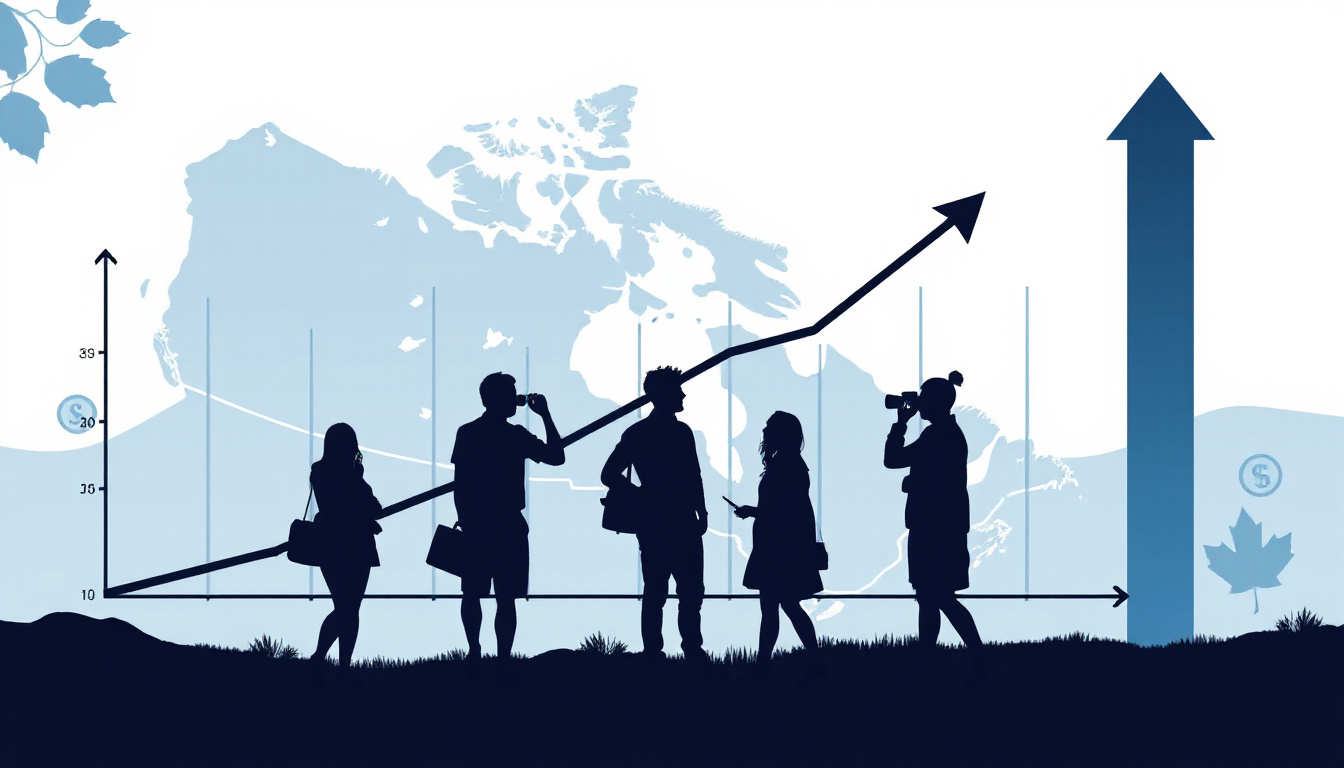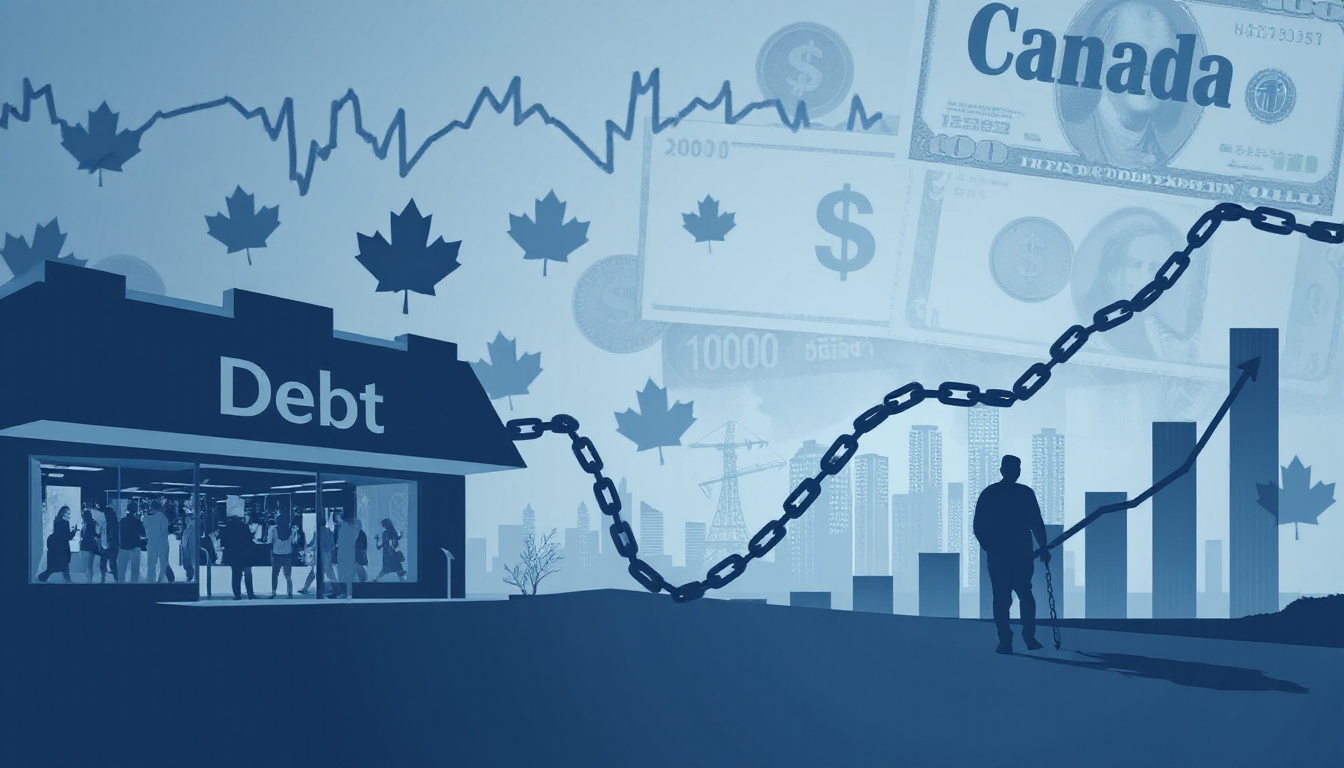In recent years, consumer debt trends in Alberta have become a significant concern, with approximately 48% of Albertan households carrying some form of debt as of
2023. The rise in consumer debt has been influenced by various factors, including the state of the economy, high living costs, and changing consumer behaviors. Understanding these trends is crucial for both individuals and financial professionals, as they provide insight into the financial health of the province and inform strategies for debt management. This article will examine the main trends in consumer debt across Alberta, explore the economic conditions impacting these levels, and offer practical tips for managing and reducing personal debt.

Key Takeaways
- Consumer debt levels in Alberta are influenced by various economic factors, including unemployment rates and interest rates.
- The growth of consumer debt in Alberta is closely monitored by financial experts to gauge economic health.
- Economic conditions such as inflation and housing markets have a significant impact on consumer borrowing behaviors.
- Effective strategies for managing and reducing consumer debt include budgeting, seeking professional advice, and prioritizing payments.
- Awareness of consumer debt trends in Alberta can help individuals make informed financial decisions and avoid potential pitfalls.
Overview of Consumer Debt Trends in Alberta
In recent years, consumer debt trends in Alberta have shown a significant shift, with approximately 67% of Alberta households reporting some form of debt in
2023. This represents an increase from previous years, indicating a growing reliance on credit as living costs rise. According to Statistics Canada, average consumer debt per household in Alberta has reached around $43,000, making it one of the provinces with the highest levels of debt in the country. Factors contributing to this trend include rising housing prices, increased costs of living, and economic pressures stemming from global events. Furthermore, a survey by the Canadian Bankers Association noted that 56% of respondents from Alberta expressed concerns about their ability to manage debt effectively. Understanding these trends is crucial for stakeholders looking to address the impact of consumer debt on financial health in the province.
Factors Influencing Consumer Debt Levels
As of 2023, consumer debt trends in Alberta reveal that approximately 77% of Albertan households are carrying some form of debt, a statistic that highlights the significant financial challenges faced by residents in the province. This high debt level can be attributed to several factors, including the fluctuating job market, rising costs of living, and impacts from the COVID-19 pandemic. According to the Government of Alberta, factors such as housing costs, personal expenses, and credit usage heavily influence these debt levels, prompting many individuals to seek financial relief options. Monitoring these trends is crucial, particularly as increasing consumer debt poses potential risks to both individual financial stability and the overall economy in Alberta.
‘Debt is like any other trap, easy enough to get into, but hard enough to get out of.’ – Henry Wheeler Shaw

Impact of Economic Conditions on Consumer Debt
In 2023, consumer debt trends in Alberta indicate that approximately 76% of residents are currently in some form of debt, reflecting a significant rise compared to previous years. Factors such as fluctuating economic conditions, rising interest rates, and increasing living costs have contributed to these trends. According to Equifax, the average consumer debt per capita in Alberta has reached over CAD 28,000, including mortgages, credit cards, and personal loans. This debt level is higher than the national average, showcasing the unique economic challenges faced by Albertans. Understanding these consumer debt trends is crucial for addressing the financial health of this province amid shifting economic landscapes.
Strategies for Managing and Reducing Consumer Debt
In 2023, approximately 47% of Albertans reported carrying some form of consumer debt, indicating a significant trend in managing financial obligations across the province. This statistic reflects ongoing shifts in consumer behavior and economic conditions that have influenced debt levels in the region. The rise in interest rates coupled with inflationary pressures has driven many individuals to rely on credit cards and personal loans, exacerbating the debt situation. Over the past year, Alberta has seen a 15% increase in the average consumer debt per household, reaching an average of $28,000. This trend underscores the importance of effective debt management strategies, such as consolidation loans, budgeting, and seeking financial advice, which can help individuals regain control over their financial health. For ongoing updates and comprehensive data, refer to the latest reports from Statistics Canada and the Bank of Canada.
